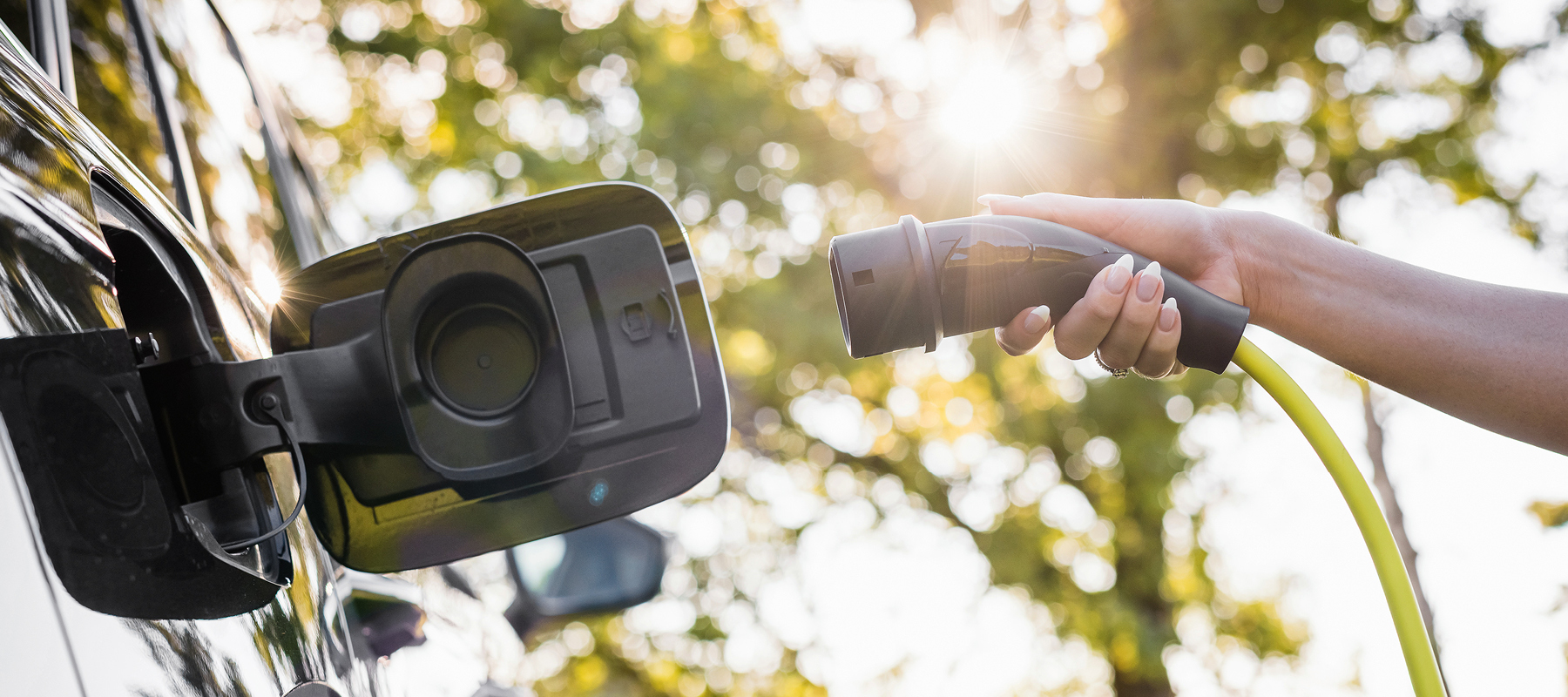In the next few years, national road networks will undergo the biggest infrastructure changes seen since the car replaced the horse and carriage. But the rise of electric vehicles brings its own set of challenges: how to build eMobility infrastructure that meets the needs of operators and motorists? As it turns out, this is yet another example of where the intelligent application of technology and data science can help.
To put the EV revolution in context: the RAC estimates that there are more than 850,000 zero-emission electric vehicles (EVs) on the UK’s roads. Across Europe — and with a ban on sales of petrol and diesel cars looming — EV sales are predicted to surge from 1.8 million in 2023 to 9.2 million by 2030.
The transition to zero-emission motoring cannot happen without a massive increase in charging infrastructure. But building and managing eMobility infrastructure requires more than just installing chargers at existing petrol stations. You need to consider the motorists, where the chargers are located, what other services are in the vicinity and how the charging stations can be run profitably.
This is where data science and AI can help. In this article, I’ll explore three crucial stages in the lifecycle of eMobility infrastructure. For each, I’ll introduce how emerging technologies can accelerate decision-making, improve eMobility outcomes and help operators deliver a charging network that’s fit for the world of tomorrow.
Stage #1: Choosing the perfect charging sites
Choosing exactly where to place charging sites is difficult. There’s a huge range of variables and goals to consider, all of which must be carefully balanced to arrive at the best solution.
To make those variables easier to visualize, Thoughtworks built an EV charger network design application. It uses a variety of spatial data to make optimal site decisions based on network density, coverage of destinations, access for populations and other factors.
After inputting their requirements, the AI tool can help charge point operator teams:
Customize charging network design to align with operators' target market. For instance, some may prefer to offer charging facilities at locations where motorists might already be planning an extended stay, such as car parks or shopping centers.
Automate design and generate CAD drawings for planning permission documents, cutting the time and cost required to get plans in motion.
Assess projected site profitability and ensure that site decisions are commercially viable as well as convenient and relevant for users.
Rapidly scale assessment processes to identify which existing sites should be expanded or changed, enabling teams to keep pace with the rapid growth of EV adoption and drivers’ expectations.
- Grow sustainably by ensuring that factors like traffic patterns, city development and network saturation are considered as part of every site location decision.


Stage #2: Making EV charging an integrated part of your customer experience
To deliver both consumer convenience and a sustainable business, EV charging can’t be a siloed service — it must be seamlessly integrated with other elements of drivers’ lives and hopefully your offering.
That integration is enabled by two main technology elements: your charging station management system (CSMS) and any mobile applications or backend systems you create to deliver supporting services. The data contained in these systems can be used to better understand customer behavior.
Your choice of CSMS can have a significant impact on the experience of charging at your stations. For instance, it’s a crucial element in enabling plug-and-charge (PnC) capabilities, where authorization and payment are handled automatically as soon as an EV is plugged into a station. Charging an EV is likely to take drivers longer than filling up with petrol, so operators need to consider factors such as lighting, local amenities and potentially on-site infotainment as part of their offering.
It’s possible to purchase pre-built CSMS products. These can make building eMobility infrastructure simpler and faster. But to be truly successful, operators need to consider how to offer a differentiated service. And here, you may want to consider designed your own backend systems, to give you greater ability to fully integrate all customer touchpoints at your sites.
Building your own bespoke CSMS enables you to:
Differentiate through integrated services such as loyalty programs and cross promotions that incentivize customers and users to charge with you.
Accelerate innovation cycles and easily iterate on your capabilities and experiences as the EV landscape and customer demands evolve.
Perform predictive maintenance to stay ahead of potential network and service issues instead of waiting to be impacted by them.
When you build your own CSMS, you can also easily integrate it with any supporting mobile applications or backend services you might deploy. As a retailer, utility, charge point operator (CPO) or forecourt operator, you’ll likely have many other services that you’d like to tie to charging to offer customers greater convenience.
As part of a recent engagement with one of the UK’s biggest integrated energy companies, Thoughtworks developed a mobile app that enabled users to quickly find their nearest charging station but also rewarded them when they used the company’s stations. The app drove a 22% increase in charging revenue.


Stage #3: Turning your eMobility infrastructure into a connected ecosystem
With the right core systems in place, you can build entire ecosystems around your eMobility infrastructure — or easily integrate it with existing ecosystems to extend and enhance your offering.
When recently partnering with a large power grid operator in Asia, Thoughtworks developed a clean energy digital platform that balances demand for charging by connecting charge stations, electric cars and the power grid.
EV owners sign up for a membership and share their vehicle’s battery level in real time using the charging station’s embedded sensors. The power grid then uses this data to control its workload by adjusting the unit price to encourage EVs to recharge when power is cheap and plentiful — so everybody wins.
That’s just one example of the multiplicative benefits of building ecosystems around eMobility infrastructure.
Organizations can enhance customer support globally by connecting services, offering discounts, and ensuring seamless payments in the EV charging experience. This integration extends beyond infrastructure, empowering businesses to create their ecosystems, fostering innovation in business models for increased customer satisfaction and profitability.
Make the right decisions for every stakeholder and set your organization up for long-term eMobility success.
“EV charging facilities will eventually become ubiquitous. And when they do, we’ll all start making decisions based on the value we get from one site over another. So it's important for charge station operators to be clear about their customer segments, their needs and consistently cater for them across their network of sites. Through our ongoing eMobility innovation projects, that’s exactly what Thoughtworks is helping enable at scale.”
By applying suitable technologies and capabilities in the right way, you can make effective decisions at every stage of the eMobility infrastructure lifecycle. With bespoke data-driven tools at your side, you can ensure that every infrastructure decision you make improves user experiences, drives profitability and creates truly differentiated EV charging experiences.
Disclaimer: The statements and opinions expressed in this article are those of the author(s) and do not necessarily reflect the positions of Thoughtworks.

















